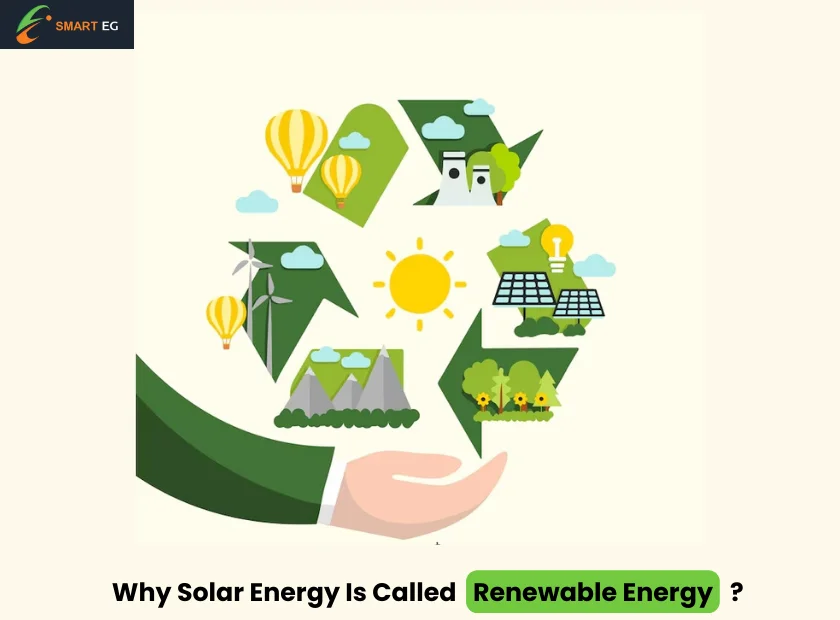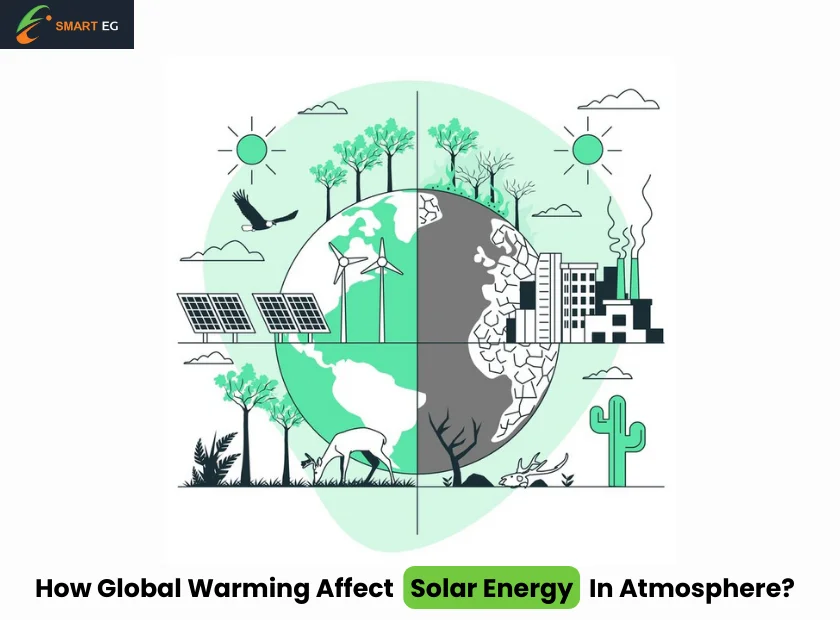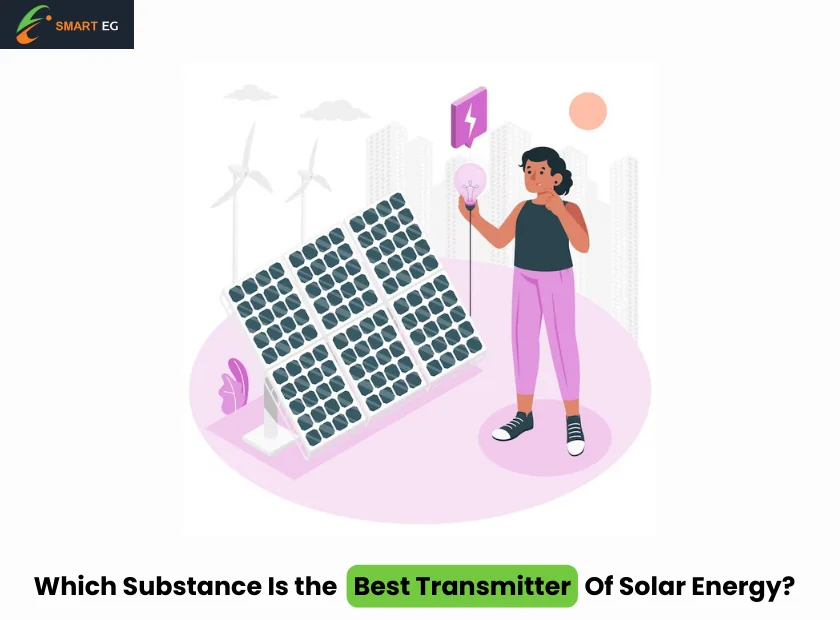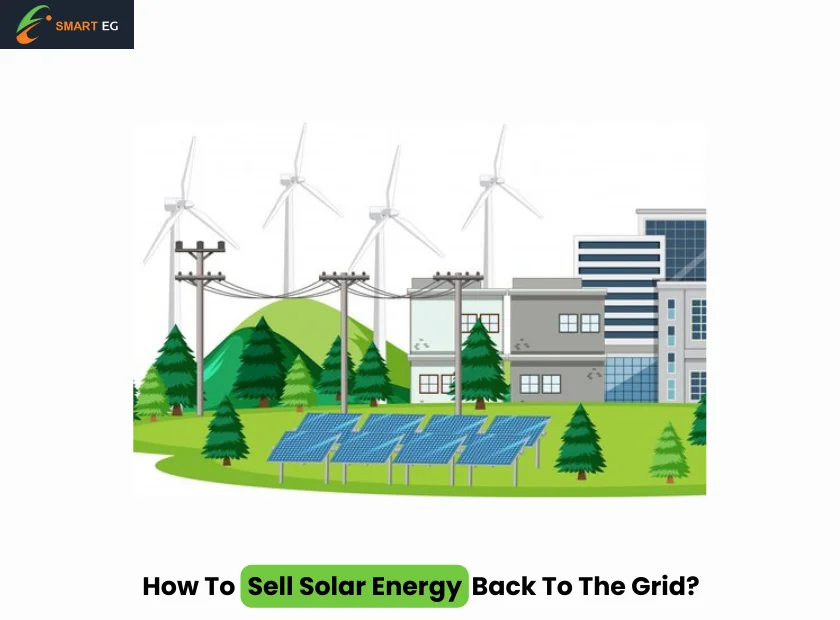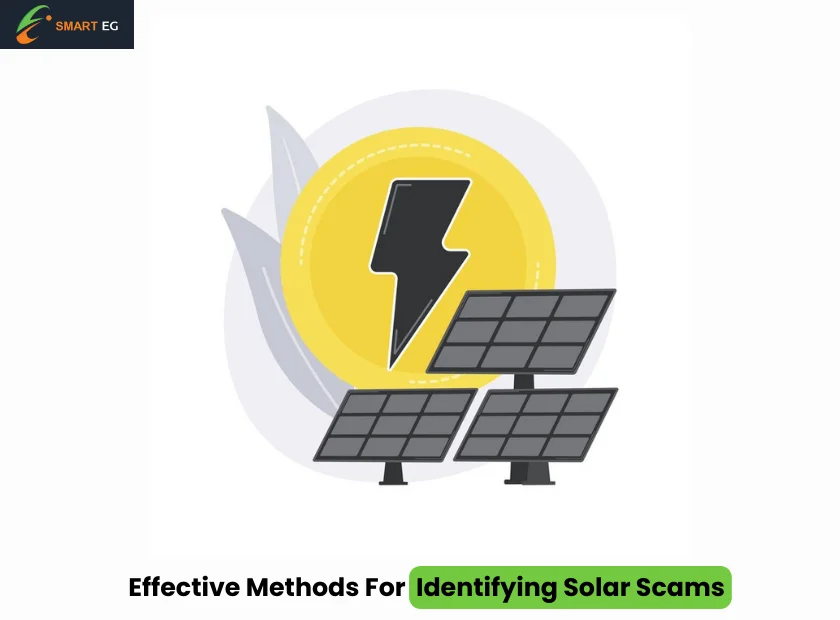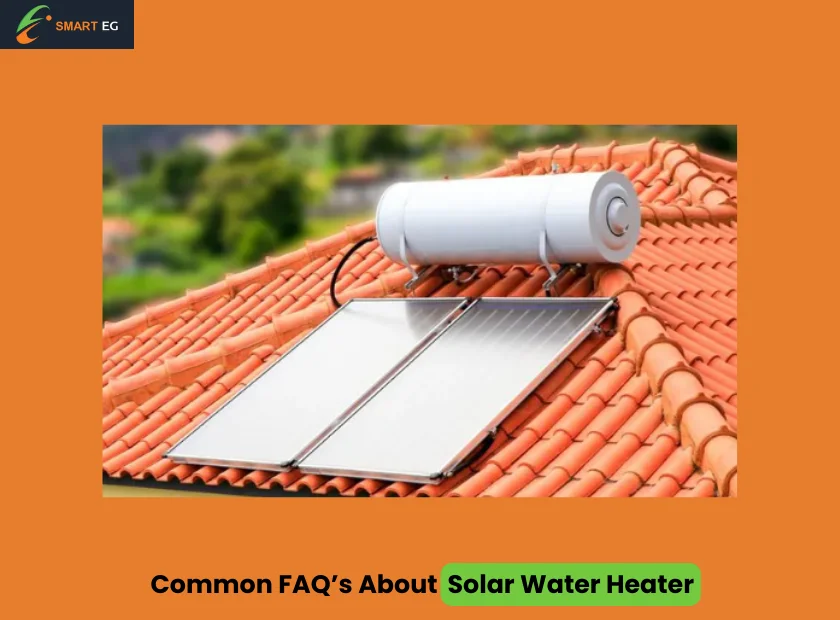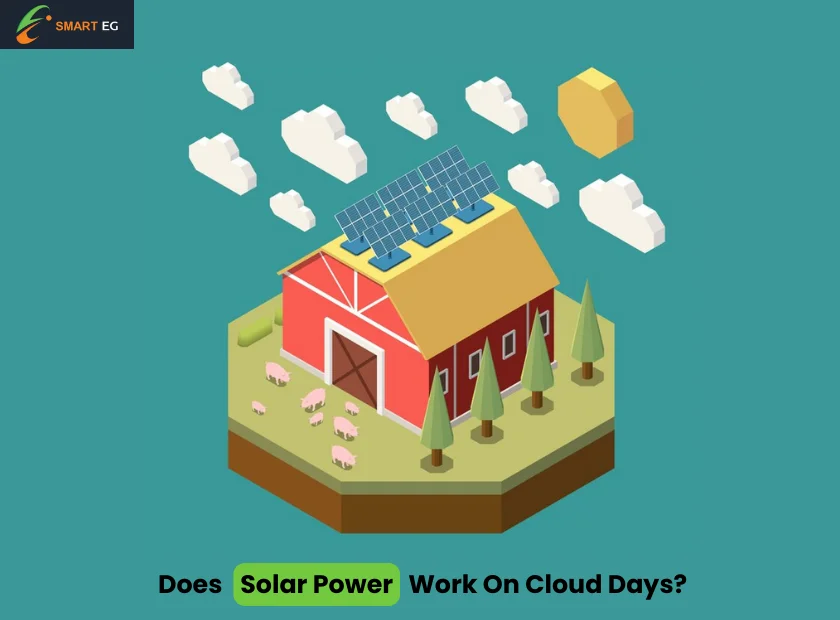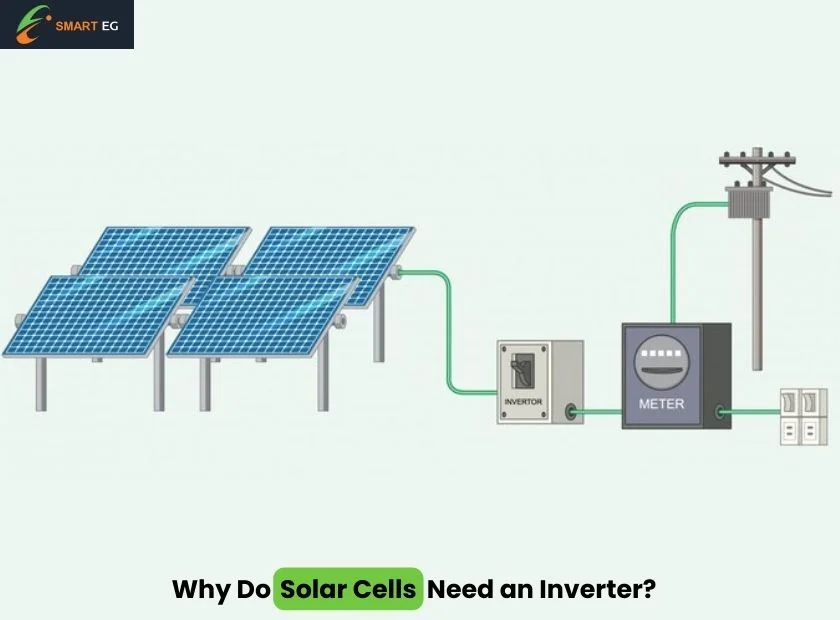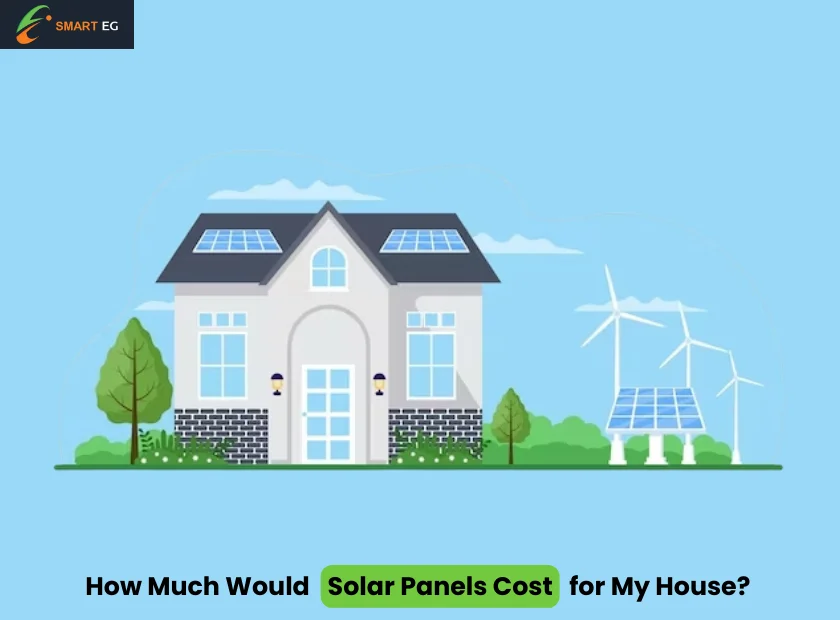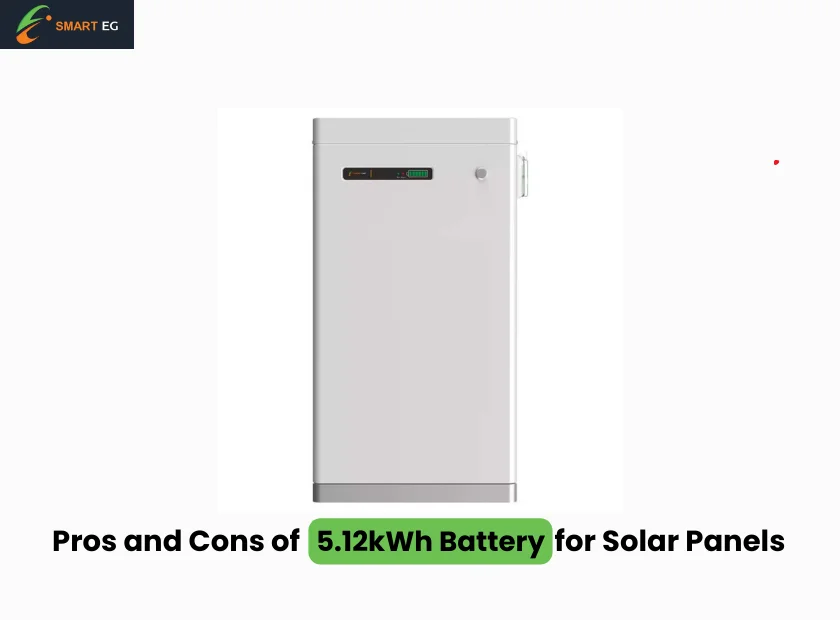Why Solar Energy is Called Renewable Energy?
The concept of renewable energy is simple to understand: it revolves around utilizing natural resources in such a way that they remain available indefinitely. Unlike limited fossil fuels, renewable energy sources provide a clean and replenishable energy alternative with enormous potential for the future.
Solar energy has witnessed a meteoric rise in recent years, and its success is hailed as a big boost for the renewable energy sector. But what makes the sun a renewable source of energy? Let’s find out.
What is Renewable Energy?
Renewable energy refers to energy sources that can be replenished organically throughout time, providing long-term supply. These energy sources, as opposed to finite resources like fossil fuels, are environmentally and ecologically sustainable. Renewable energy is distinguished by its capacity to capture natural processes without diminishing the source, as well as its low environmental effect.
Green energy is a prominent subset of renewable energy. It includes sources that are not only derived from natural processes, but also prioritize low environmental impact throughout extraction, manufacturing, and consumption.
Solar power, as a major example of green energy, is consistent with the ideals of utilizing natural sunshine without releasing harmful pollutants. This synergy makes solar energy an important contributor to the worldwide transition to greener and more sustainable energy alternatives.
The importance of renewable energy sources stems from their capacity to reduce ecological disruption and the environmental effect of energy production. Unlike non-renewable alternatives such as coal or oil, natural sources such as sunshine, wind, and water provide a cleaner and more sustainable option.
Wider adoption of environmentally friendly energy sources is critical for combating climate change and lowering carbon footprints.
What is Solar Power?
Solar energy is the radiant energy released by the sun that is captured by various methods to generate electricity. It represents a clean and plentiful source of electricity, providing a long-term alternative to traditional nonrenewable fuels.
Here is how solar power is generated:
Photovoltaic Cells
Photovoltaic cells, often known as solar cells, are the basic components of solar panels used on residential and business rooftops. These cells are composed of semiconductor materials such as silicon, which produce electricity when exposed to sunshine.
As photons, the basic particles of light, impact solar cells, they activate electrons and generate an electric current. Photovoltaic cells are a popular and effective way to harvest solar power since they convert sunlight directly into energy.
Concentrated Solar Power
Concentrated Solar Power (CSP) is an alternate method for harnessing solar energy, particularly in large-scale applications. Mirrors or lenses are used in CSP systems to focus sunlight on a tiny area, which is often a receiver or a solar power tower. The focused sunlight is subsequently turned to heat, which may be used to generate steam.
This steam, in turn, powers turbines that are connected to generators, resulting in the generation of energy. CSP is highly successful in areas with strong solar irradiation, and it is known for its ability to deliver steady electricity even during non-daylight hours.
Why Solar Energy Called Renewable?
Solar energy’s unlimited nature stems from its capacity to renew quickly and reliably. Unlike limited resources such as fossil fuels, solar energy is derived from the sun, which generates an incredible quantity of energy in any given hour—enough to power our globe for a whole year. This constant and dependable source of energy is powered by the sun’s continual fusion processes, predicting a future of ample sunshine for billions of years.
It is important that people have a complete understanding of the stark differences between solar energy and nonrenewable sources, notably fossil fuels. Unlike coal, oil, and natural gas, which take millennia to develop and are depleted, solar energy is captured using technology that allows us to tap into the sun’s power immediately. Fossil fuels contribute to environmental deterioration, greenhouse gas emissions, and geopolitical conflicts, highlighting the critical need to move to cleaner, more sustainable alternatives such as solar power.
With innovations in photovoltaic technology, increased efficiency in solar panels, and widespread adoption of solar systems, solar energy stands out as the fastest-growing and most promising renewable energy source in the current market. This growth not only marks a pivotal moment in the fight against climate change but also positions solar energy as a key player in the future of global energy production.
Primary Criticisms of Solar Power as a Renewable Source of Energy
Not everyone believes that solar power is a renewable source of energy, however. The naysayers point out various factors involved in the production of solar energy that are not in line with the expectations usually associated with renewable energy.
Collecting the Materials
Solar panels traditionally employ quartz, a common material used in a variety of applications. The extraction of quartz, however, reflects the environmental difficulties connected with mining in general. The process not only affects landscapes but also uses large amounts of water, presenting a risk to ecosystems. Furthermore, miners may be at risk of developing silicosis as a result of silica dust exposure.
To mitigate the impact, quartz mining must make a switch to using quartz-dense sand.
Assembling the Panels
Historically, producing high-quality silicon for solar panels entailed a procedure that produced silicon tetrachloride, a byproduct that emits hazardous fumes and acidifies the soil. Furthermore, during the manufacturing of individual panels, chemicals like hydrofluoric acid are employed to improve light absorption, which can be harmful to the environment if not properly disposed of.
Ongoing efforts in the solar energy business focus on sustainable methods, such as converting silicon tetrachloride to more environmentally friendly forms and using safer alternatives like sodium hydroxide and zinc sulfide in the panel construction process.
Why These Issues Must be Resolved
To guarantee the sustained growth and adoption of solar energy as a key renewable resource, these issues must be addressed head-on. Recognizing the environmental difficulties of solar panel manufacture indicates the industry’s commitment to openness and sustainability.
This proactive strategy not only builds customer trust, but also drives the solar energy industry to innovate and adapt toward cleaner standards.
Addressing these issues is more than just public relations; it is the next logical step toward making solar energy a cornerstone of the worldwide shift to sustainable living. By publicly admitting and actively trying to reduce the environmental implications of solar panel manufacture, the sector can connect with the larger aims of environmental conservation and climate change mitigation.
Challenges in Solar Panel Production
Solar panel production includes many processes which aren’t environment friendly.
Quartz Mining
To harness the power of the sun, a common mineral called quartz is transformed into a vital component of solar panels. Despite its widespread usage in timepieces, home countertops, and industrial architecture, the mining and processing of quartz for solar panel manufacture raises environmental issues.
The traditional method of acquiring quartz is by mining, which has a negative impact on the environment. Quartz mining is related to substantial difficulties such as the destruction of surrounding terrain, the use of a lot of water, and the danger of miners acquiring silicosis from extended contact to silica dust.
In response to these issues, several forward-thinking companies are looking for alternatives. Transitioning to quartz-dense sand is one such strategy aimed at reducing the environmental impact of quartz extraction.
Creation of High-Quality Silicon for Solar Panels
The predominant methods used for producing polysilicon, a fundamental element in solar panels, have raised environmental concerns.
The conventional technique of producing polysilicon frequently includes the synthesis of silicon tetrachloride. This waste emits hazardous fumes and leads to soil acidification, providing an environmental danger.
In response, the solar energy sector has made efforts to produce environmentally acceptable alternatives. Researchers are working hard to come up with methods to create polysilicon and other types of silicone without producing silicon tetrachloride.
Environmental Concerns in the Panel Assembly Process
While the process of shaping and assembling polysilicon for solar panels has the potential to have an impact on the environment.
Hydrofluoric acid and other chemicals have historically been used to improve light intake when molding polysilicon into individual solar panels. However, incorrect disposal of these compounds raises the danger of environmental harm.
In response to these concerns, solar panel producers are using safer alternatives such as sodium hydroxide (NaOH) and zinc sulfide instead of conventional chemicals. This move strives to guarantee that solar panel technology is the pinnacle of renewable energy, with minimal environmental effect at all stages of manufacturing.
By confronting these problems head on, the solar energy sector proves its dedication to sustainability. By resolving environmental problems related to quartz mining, silicon manufacture, and panel assembly, the industry is paving the path for ever greener and more environmentally friendly solar solutions.
Conclusion
Renewable energy sources are unique in that they don’t come with the burden of limited availability and environmental concerns. Solar energy, harnessed through photovoltaic cells and concentrated solar power methods, stands out for its quick regeneration and continuous availability.
A future powered by the limitless supply of sunlight is good for our planet’s future in every way, and should therefore be embraced wholeheartedly.
Smart Energy Gap values your feedback on the content we provide. Please leave your comments below. For personal inquiries, you are welcome to contact us directly.
